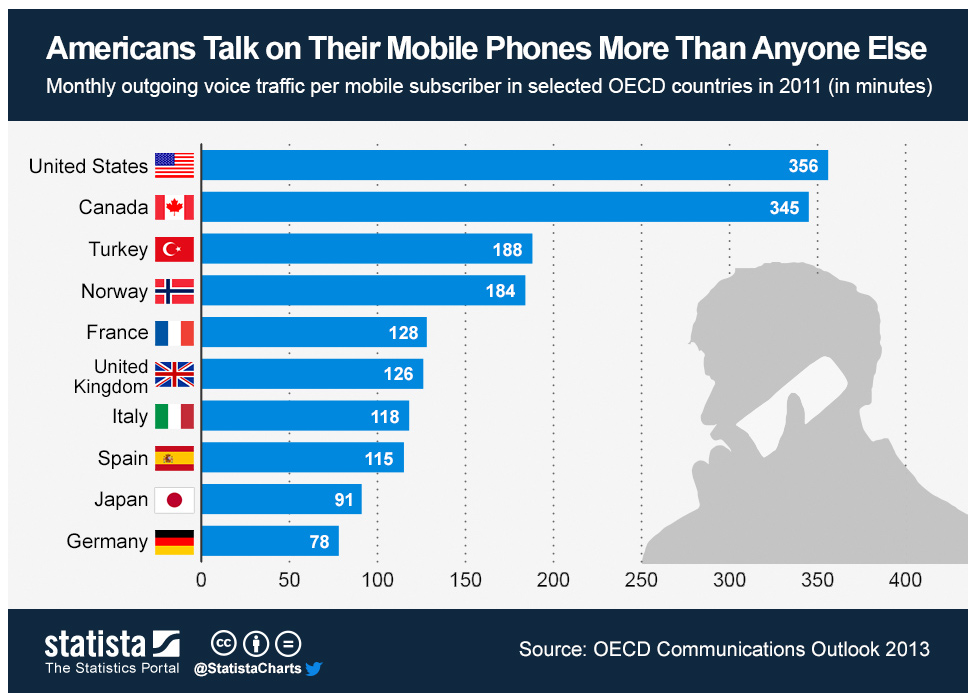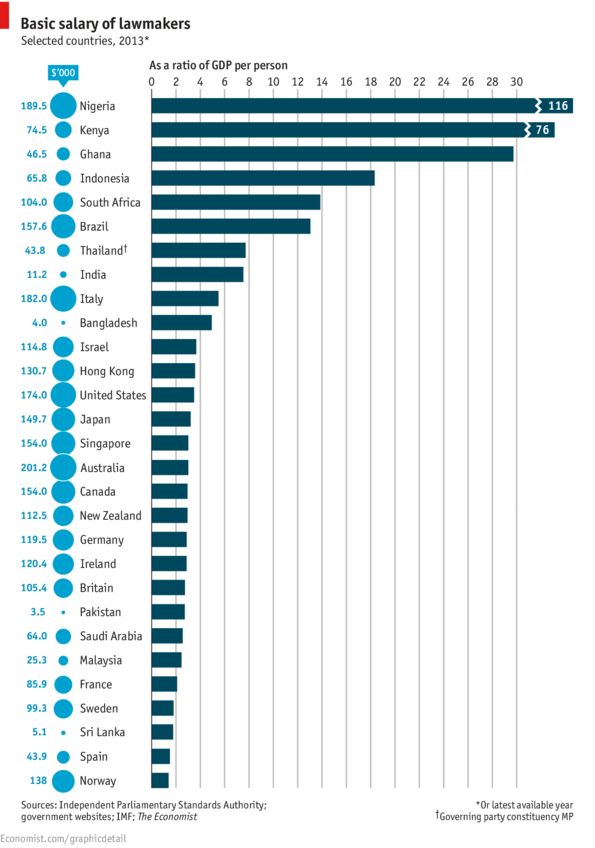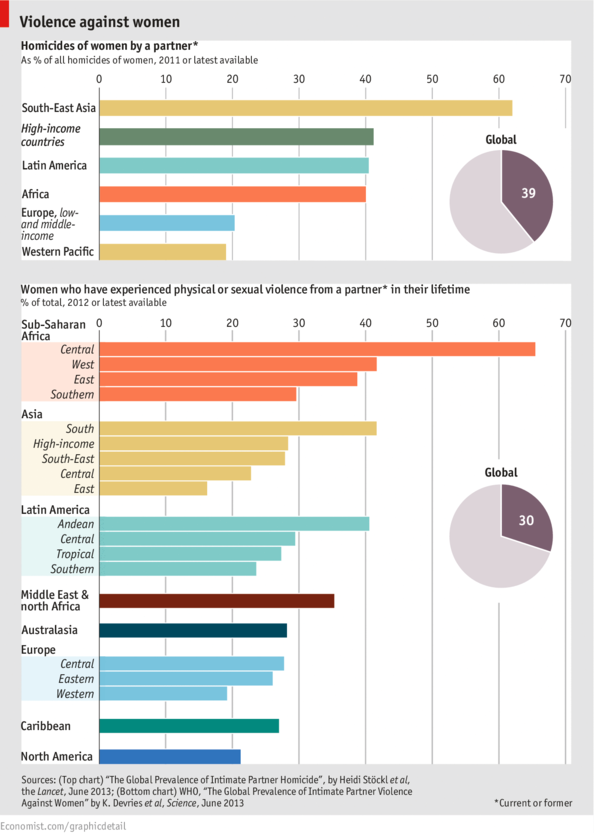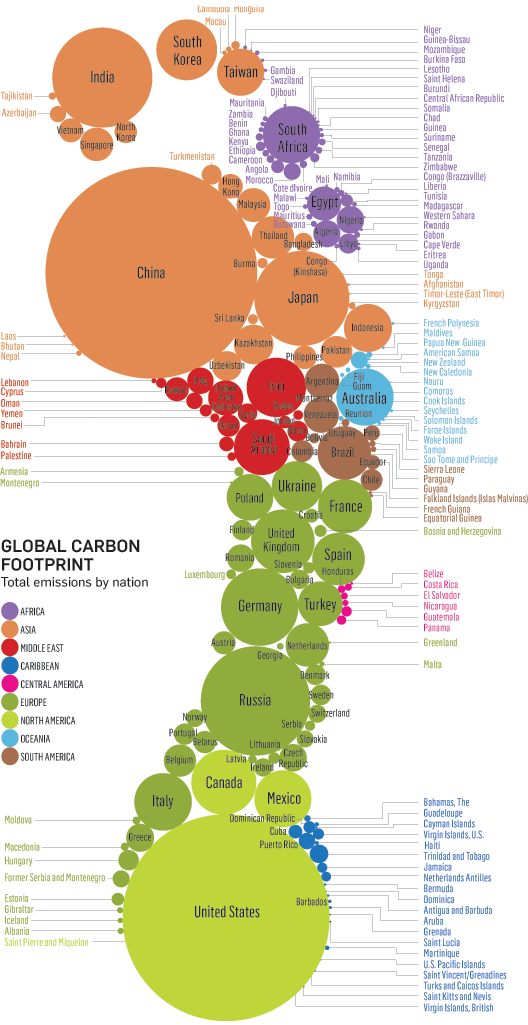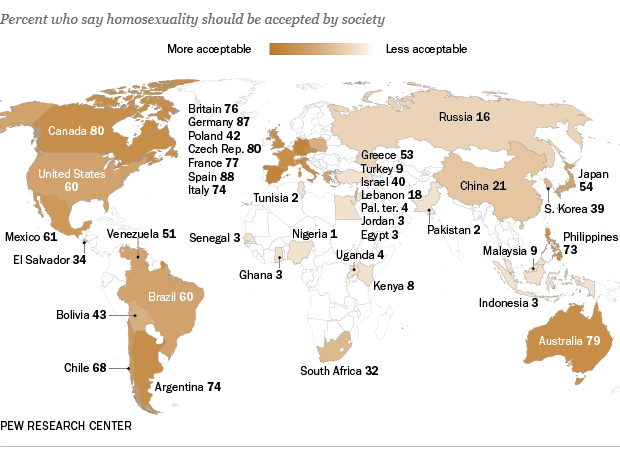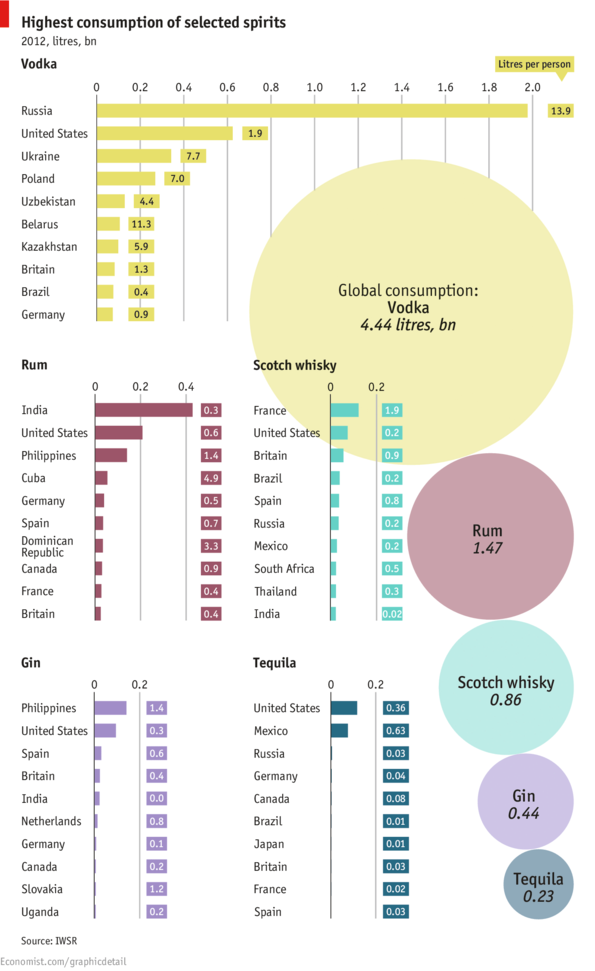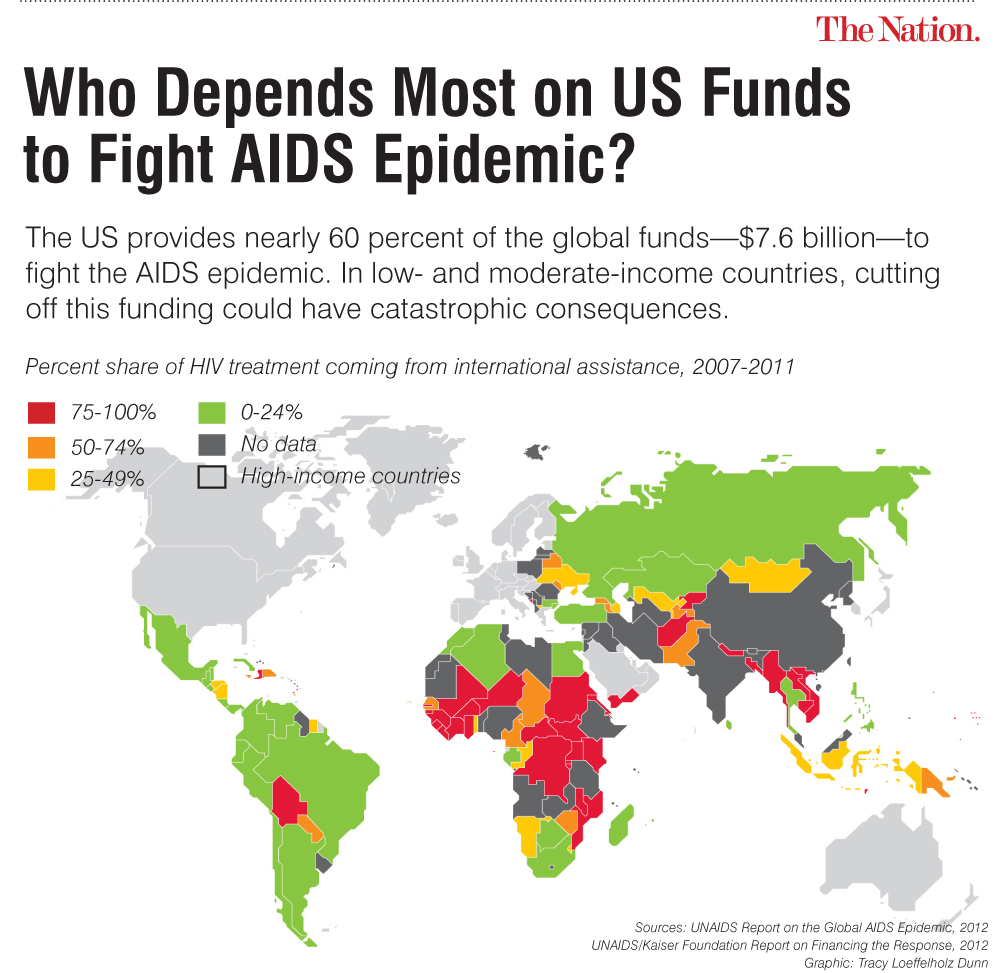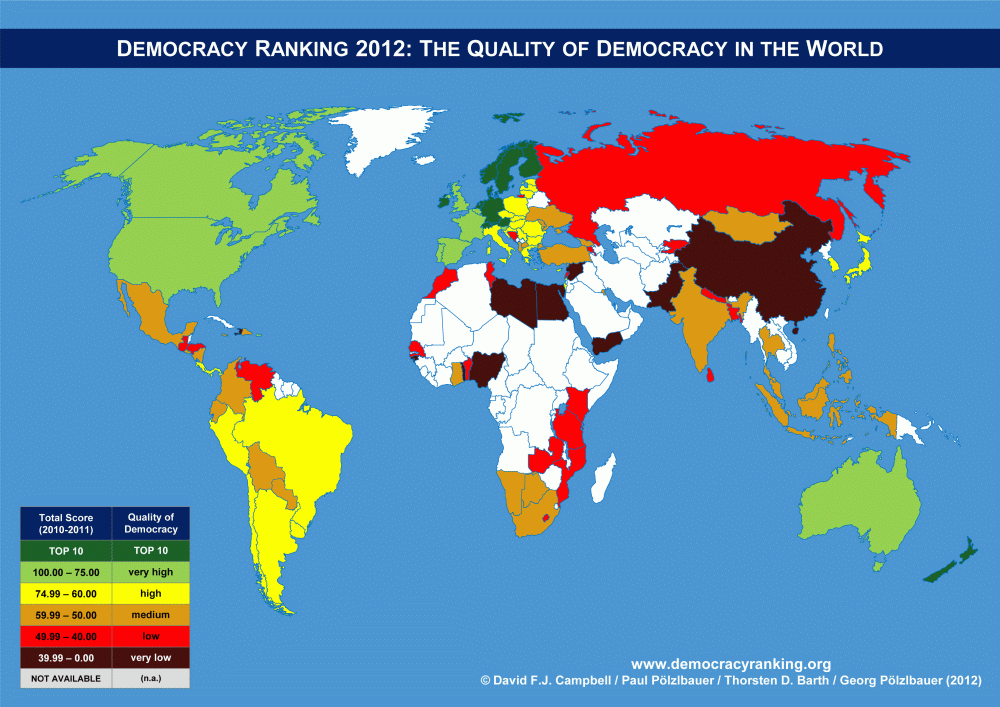 Global Democracy Ranking released the Democracy Ranking for the year 2012, which shows the quality of democracy around the world.
Global Democracy Ranking released the Democracy Ranking for the year 2012, which shows the quality of democracy around the world.
Several indicators were used to calculate the Global Democracy Ranking. Those indicators were selected from a vast variety of dimensions such as politics, economy, environment, gender equality, education, health, and knowledge.
As seen in the map above, countries ranked at the top (dark green), those with the highest quality of democracy include Norway, Sweden, Finland, Switzerland, Denmark, Netherlands, New Zealand, Germany, Ireland, and Austria. In contrast, we find countries where democracy is at serious risk or where it is no longer a viable system (brown). Among these countries we have Yemen, Syria, Libya, Togo, Guinea-Bissau, China, Pakistan, Egypt, Nigeria, and Haiti.
Source: Global Democracy Ranking: Democracy Ranking 2012
